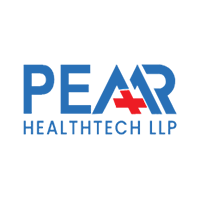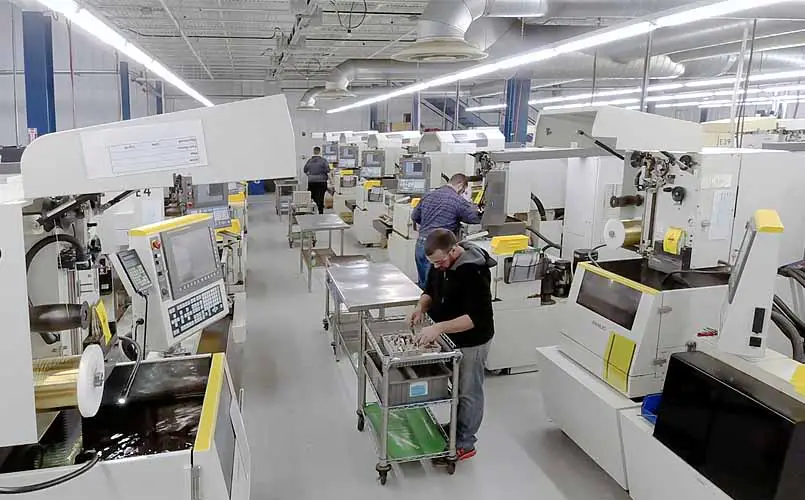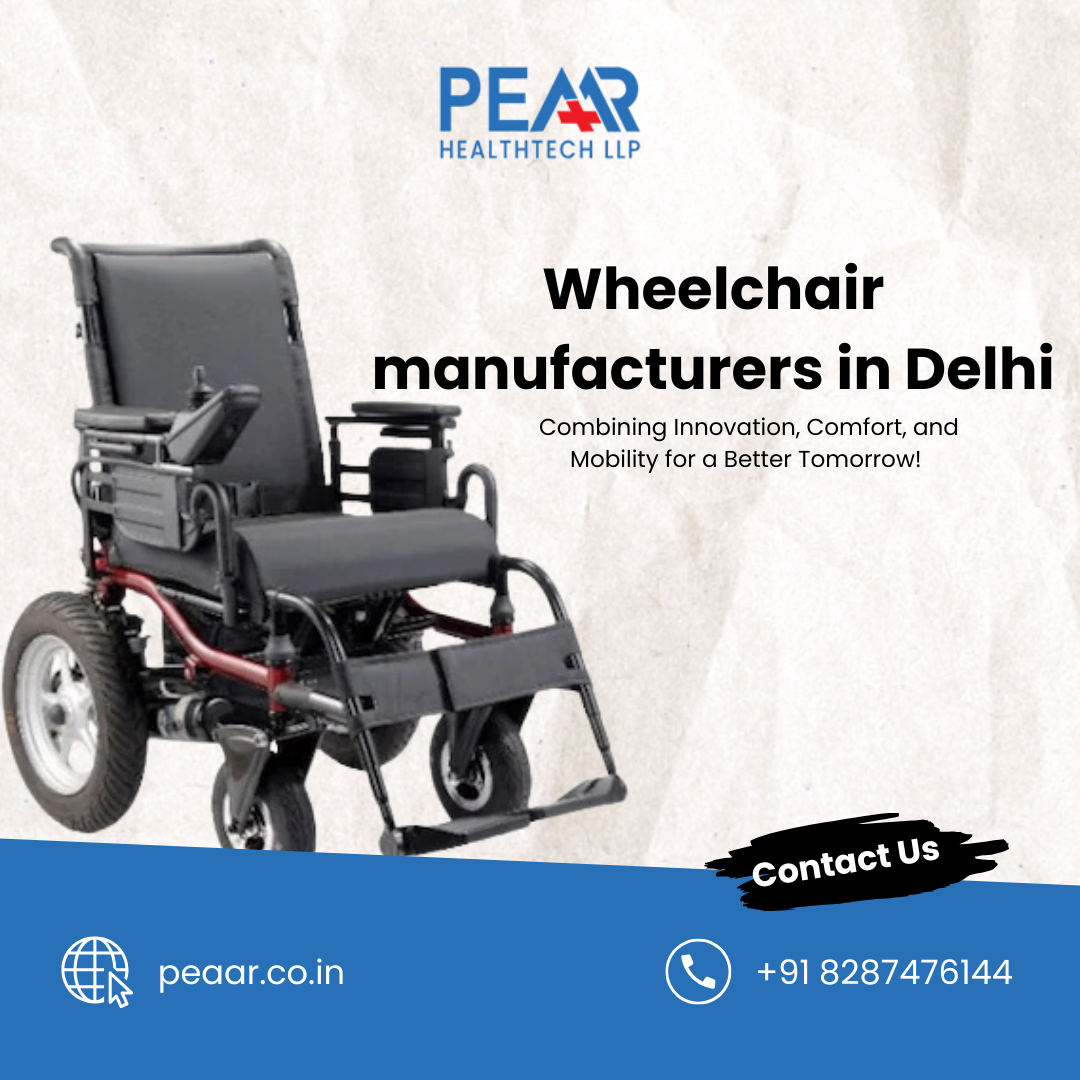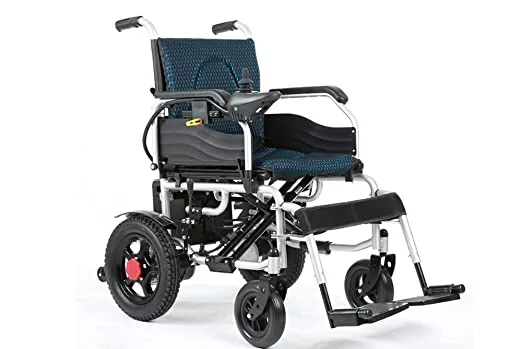The Role of AI and Automation in OEM Medical Device Production: Driving Innovation and Efficiency

The OEM medical device sector is undergoing a seismic shift, fueled by the integration of artificial intelligence (AI) and automation. These technologies are not just enhancing production efficiency but are redefining quality standards, accelerating innovation, and enabling manufacturers to meet the growing demand for precision-driven healthcare solutions. From AI-powered design tools to robotic assembly lines, the fusion of advanced technologies is setting new benchmarks in medical device manufacturing.
1. Precision and Innovation in Product Design
AI is transforming how medical devices are conceptualized and developed. Generative AI tools analyze vast datasets-including patient scans, material properties, and clinical outcomes-to create optimized designs for implants, prosthetics, and surgical instruments. For instance, AI can generate 3D models of hip replacements tailored to a patient’s unique anatomy, reducing post-operative complications and improving recovery times.
Automation complements this by enabling rapid prototyping through 3D printing and additive manufacturing. These technologies allow OEMs to produce complex geometries and lightweight structures that traditional methods cannot achieve, paving the way for next-generation devices like patient-specific spinal implants.
2. Enhanced Quality Control and Compliance
Quality assurance is critical in medical device manufacturing, where even minor defects can have life-threatening consequences. AI-driven computer vision systems now perform micron-level inspections of devices, identifying cracks in surgical tools, incomplete seals on sterile packaging, or misalignments in circuit boards with unmatched accuracy. Automated systems reduce human error and ensure compliance with stringent FDA and ISO standards by maintaining detailed, real-time production logs.
Robotic automation further streamlines processes like syringe assembly or catheter packaging, ensuring uniformity across millions of units. For example, force-sensing robots adjust to part variations during test kit assembly, mimicking human dexterity while eliminating inconsistencies.
3. Optimized Supply Chain and Production Workflows
AI is revolutionizing supply chain management by predicting demand fluctuations, optimizing inventory levels, and identifying potential disruptions. Digital Supply Networks (DSNs) powered by AI provide end-to-end visibility, enabling OEMs to mitigate risks like raw material shortages or geopolitical delays. Automation in warehousing and logistics-such as robotic palletizers or autonomous guided vehicles (AGVs)-reduces lead times and operational costs while maintaining sterile environments.
On the production floor, AI analyzes data from IoT-enabled machinery to predict equipment failures and schedule maintenance, minimizing downtime. This predictive maintenance ensures continuous output, critical for meeting deadlines in high-stakes industries like healthcare.
4. Cost Efficiency and Scalability
Automation slashes labor costs and boosts productivity by handling repetitive tasks like labeling, sealing, or packaging. Robotic arms equipped with vision systems can adapt to new product lines in seconds, making OEMs agile in responding to market demands without retooling expenses. AI further reduces waste by optimizing material usage and energy consumption during production.
For startups and smaller OEMs, partnering with Contract Development and Manufacturing Organizations (CDMOs) provides access to AI and automation infrastructure without heavy upfront investments. This democratizes innovation, allowing even niche players to compete globally.
5. Workforce Transformation and Skill Development
Contrary to fears of job displacement, AI and automation are creating opportunities for upskilling. Employees transition from manual tasks to roles in robotics programming, data analysis, and AI model training. For instance, workers at automated facilities monitor AI-generated insights to refine processes or troubleshoot anomalies, fostering a culture of continuous improvement.
6. Future Trends: IoT, Personalized Medicine, and Beyond
The future of OEM medical device production lies in smart factories where AI, IoT, and robotics operate synergistically. Connected devices embedded with sensors will transmit real-time performance data, enabling OEMs to refine designs iteratively. Meanwhile, the rise of personalized medicine will drive demand for AI-customized devices, from wearables monitoring chronic conditions to bioresorbable implants.
Conclusion
AI and automation are not just tools but transformative forces in OEM medical device production. By enhancing precision, ensuring compliance, and unlocking scalability, these technologies empower manufacturers to deliver safer, more innovative solutions at unprecedented speeds. As the industry advances, OEMs that embrace AI-driven automation will lead the charge in redefining healthcare outcomes, proving that the future of medicine is as much about cutting-edge engineering as it is about patient care.
Note: IndiBlogHub features both user-submitted and editorial content. We do not verify third-party contributions. Read our Disclaimer and Privacy Policyfor details.







